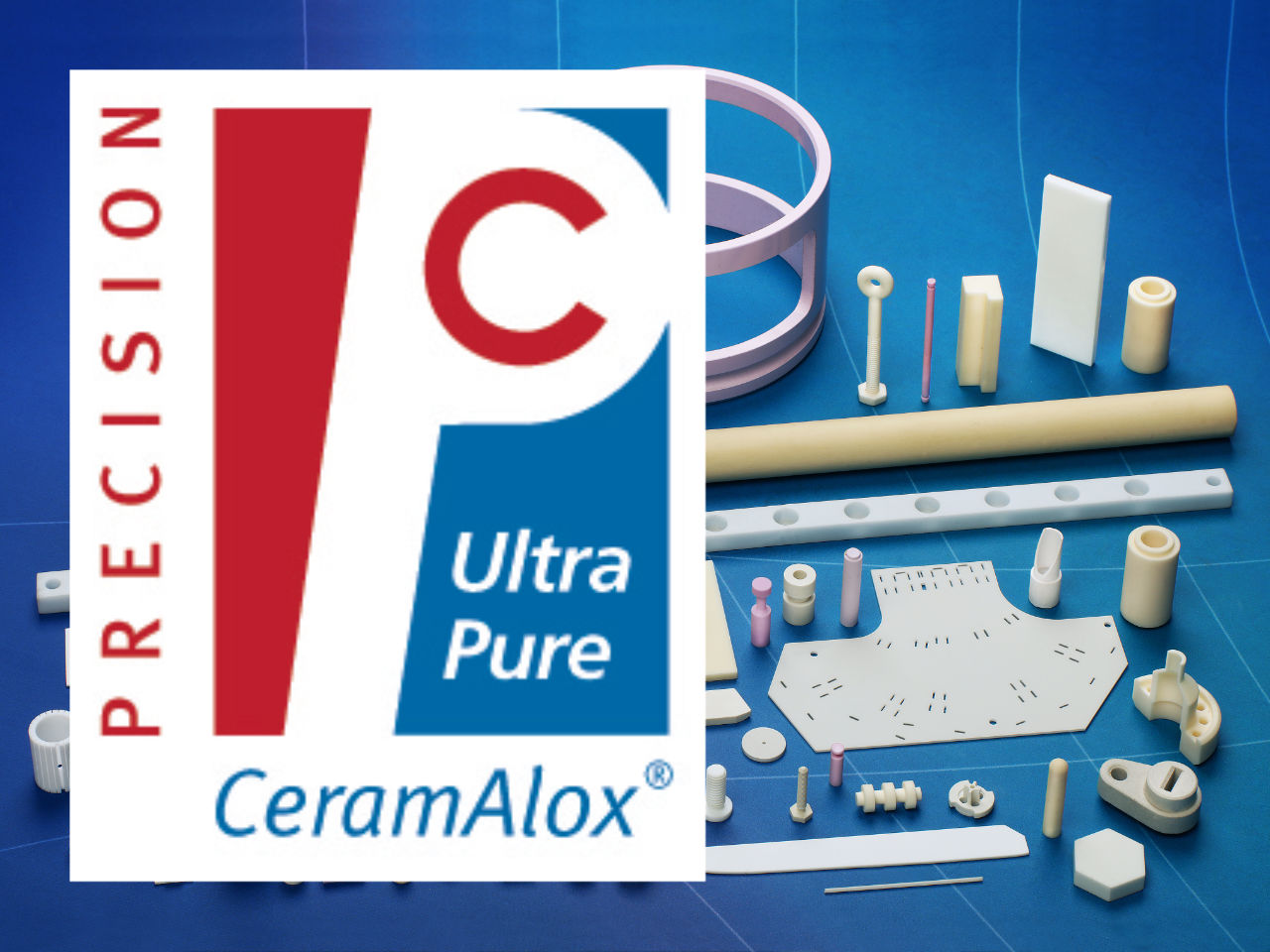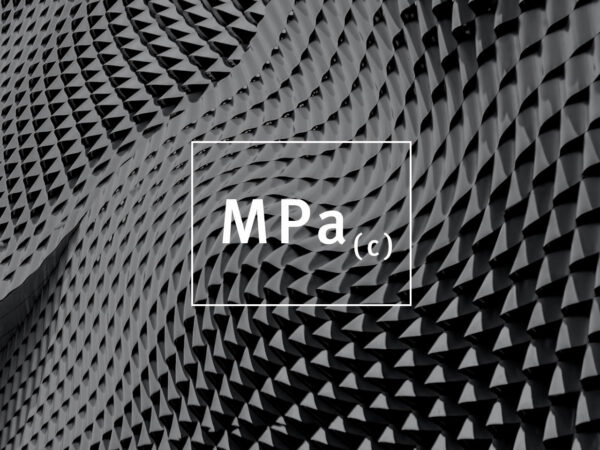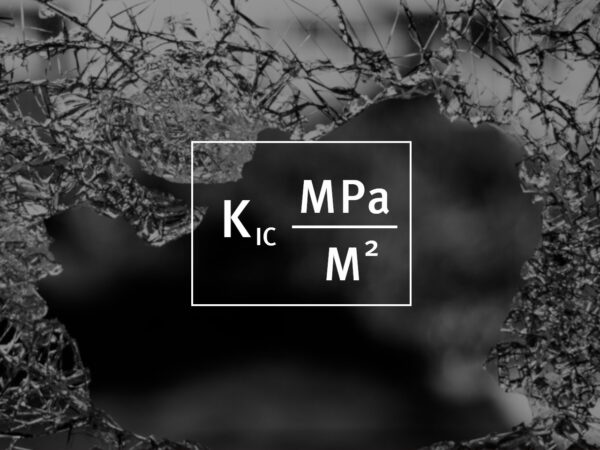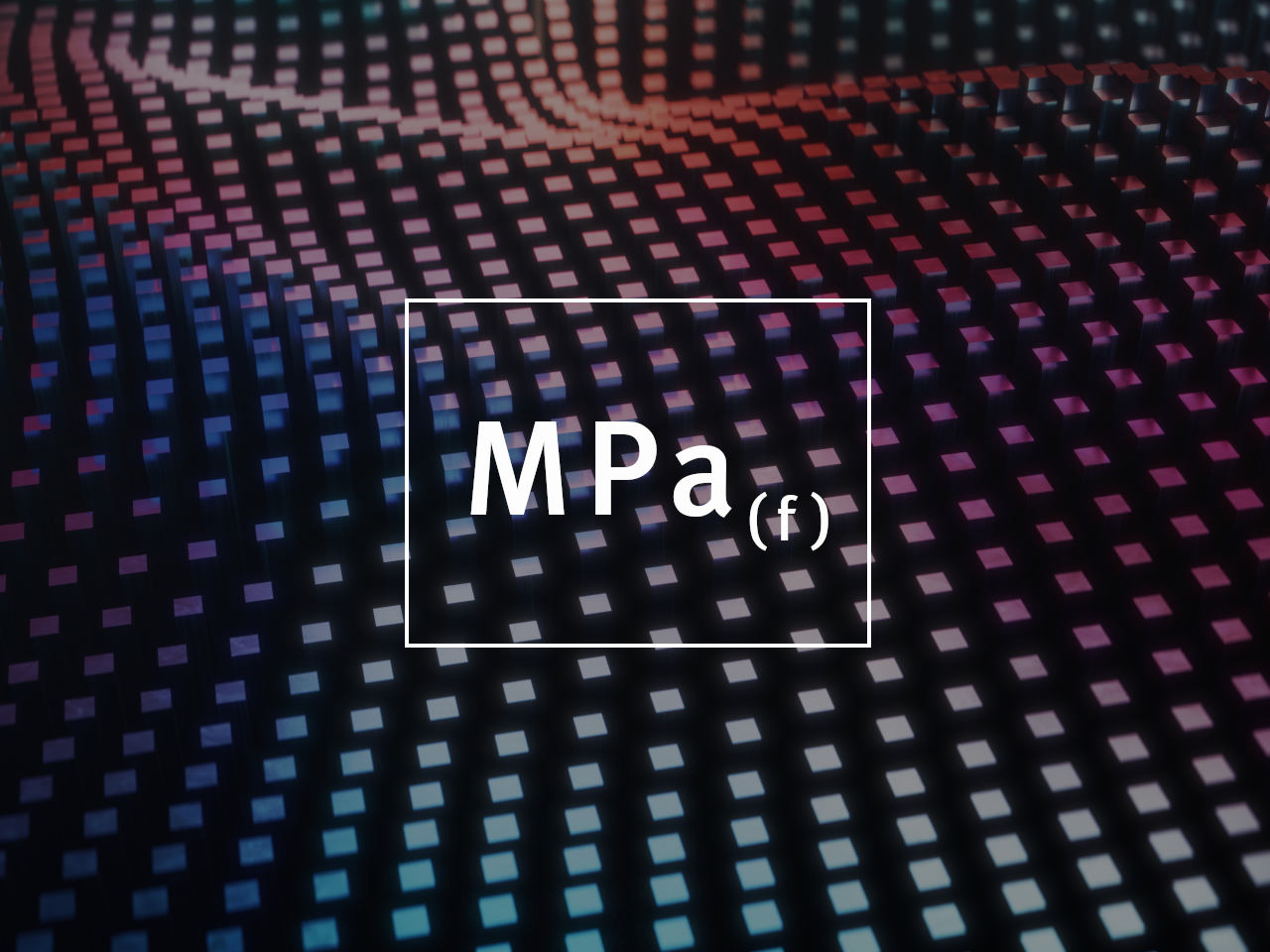Fracture Toughness
Materials Ranked by Fracture Toughness
In terms of fracture toughness, China Ceramic Parts CeramaZirc™ Ultra Tough is the clear winner outperforming regular Zirconia by 7 MPam1/2 – 17 MPam1/2 for CeramaZirc™ Ultra Tough vs. 10 MPam1/2 for Zirconia.

Zirconia (ZrO2) - CeramaZirc™ Ultra Tough
17 MPam1/2
CeramaZirc Ultra Tough is an advanced zirconia-based ceramic composite material based on partially stabilized zirconia and alumina platelets.
Details
CeramaZirc Ultra Tough is an advanced zirconia-based ceramic composite material based on partially stabilized zirconia and alumina platelets.
Details

Zirconia (ZrO2) - CeramaZirc™
10 MPam1/2
Unlike traditional ceramics that tend to be hard and brittle, Zirconia offers high strength, wear resistance, and flexibility far beyond those of most other advanced ceramics.
Details
Unlike traditional ceramics that tend to be hard and brittle, Zirconia offers high strength, wear resistance, and flexibility far beyond those of most other advanced ceramics.
Details
Silicon Nitride (Si3N4) – CeramaSil-N™
8.5 MPam1/2
Silicon Nitride has the most versatile combination of mechanical, thermal, and electrical properties of any advanced ceramic material.
Details
Silicon Nitride has the most versatile combination of mechanical, thermal, and electrical properties of any advanced ceramic material.
Details

Alumina (Al2O3) – CeramAlox™ Ultra Pure
3.8 MPa1/2
CeramaAlox Ultra Pure is a very high purity (99.95%) grade of Alumina (Aluminum Oxide) exhibiting an exceptional combination of mechanical and electrical properties.
Details
CeramaAlox Ultra Pure is a very high purity (99.95%) grade of Alumina (Aluminum Oxide) exhibiting an exceptional combination of mechanical and electrical properties.
Details
Ceramic Material Comparison Chart
Related Properties

Compressive Strength
Compressive strength is the capacity of a material to withstand loads tending to reduce size. Explained differently, compressive strength resists compression (being pushed together), whereas tensile strength resists tension (being pulled apart).

Fracture Toughness
The ability to resist fracture is a mechanical property of materials known as fracture toughness. For advanced ceramics it uses a critical stress intensity factor known as KIC where the fracture normally occurs at the crack terminations.

Flexural Strength
Flexural strength, also known as bending strength, modulus of rupture or transverse rupture strength, is defined as the maximum stress in a material just before it yields in a bending test
